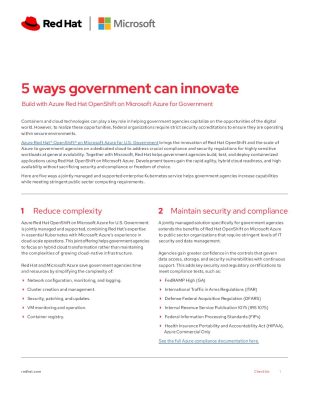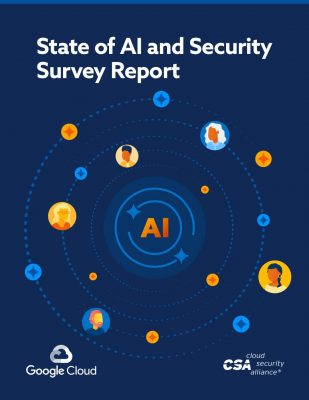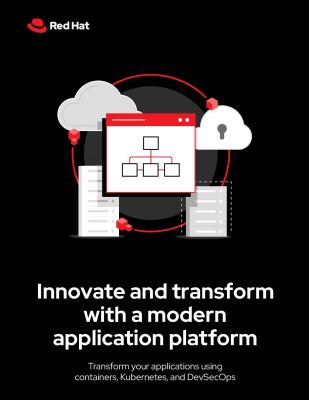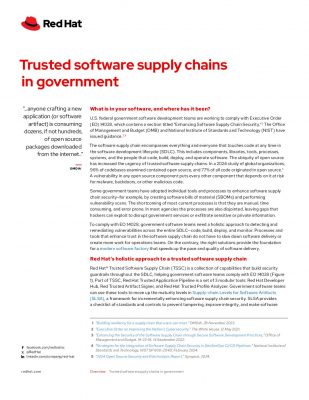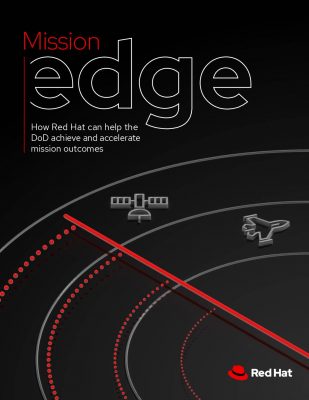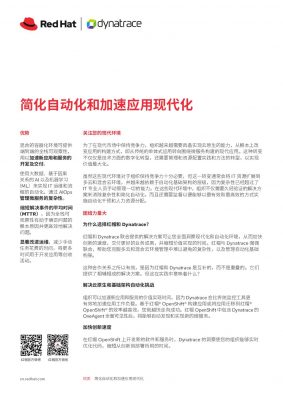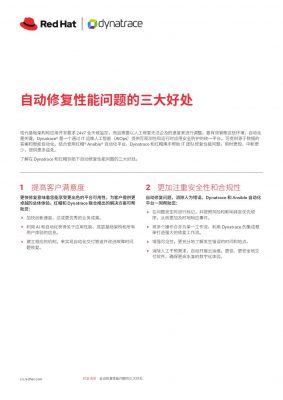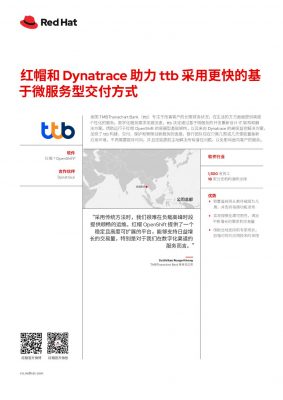Highlights:
- Encrypt cloud computing data—in transit and at rest. A vital part of any cloud security strategy is understanding and managing your shared data protection responsibility from an encryption point of view.
- Adopt anomaly detection and malware scanning for automated cloud data security. Implement tools that detect, ideally monitoring for abnormal behaviors and mitigate malicious activity of both data and user activity.
Organizations across various sectors are increasingly acknowledging the advantages of cloud computing. While some are just initiating their migration journey as part of digital transformation efforts, others are embracing advanced multi-cloud and hybrid strategies. Regardless of the implementation stage, a significant challenge lies in ensuring cloud computing data security due to the unique risks associated with the technology.
The cloud gradually erodes the traditional network perimeter, which once guided cybersecurity strategies. Securing data in cloud computing demands a distinct approach that addresses the evolving threats and the intricate landscape of cloud data governance and security models. But first and foremost,
What Is Cloud Computing Data Security?
Data security in the cloud encompasses the technologies and controls dedicated to discovering, classifying, and safeguarding all data within the cloud, aiming to mitigate risks associated with data loss, misuse, breaches, and unauthorized access. This comprehensive approach involves:
- Accurately identify and categorize both structured and unstructured data.
- Implementing and monitoring access management controls at the file and field levels
- Pinpoint storage locations for both structured and unstructured data with precision.
- Monitoring data transmission flows
- Configuring encryption settings
Cloud computing data security algorithms are a fundamental and integral component of an organization’s transforming cybersecurity strategy.
Comprehending the intricate cloud computing data security models reveals that protecting sensitive information is a multifaceted challenge. Effectively navigating this terrain demands more than understanding shared responsibility models; it requires a dedicated commitment to achieving complete visibility into infrastructure and data.
What Are The 10 Best Practices in Cloud Data Security?
As data breaches and cyber-attacks become increasingly sophisticated and common, implementing best practices to secure cloud data is more critical than ever. Here are ten essential best practices for securing your cloud data:
- Understand the shared responsibility model and know your cloud-native data security The shared responsibility security model varies according to each service provider and differs when using Infrastructure as a Service (IaaS) or Platform as a Service (PaaS).
A well-defined shared responsibility model eliminates security coverage gaps within a system. Failure to clarify shared responsibilities can lead to obscurities, leaving certain aspects of the cloud system unprotected and vulnerable to external threats.
- Gain complete infrastructure and data visibility across your IT ecosystem for adequate cloud data security solutions. For data to be secure, compliant, protected, and resilient, you must have complete visibility. No dark data allowed.
Cybercriminals target vulnerabilities in the unseen corners of your environment, where security and oversight may be limited. The challenge lies in maintaining an accurate inventory of applications and data. Illuminating these dark areas ensures comprehensive visibility and control, offering valuable assurance against potential threats.
- Evaluate built-in and cloud-native data security tools. Every organization should ask their public cloud providers detailed questions about the security measures and processes they have in place and scrutinize them. It is easy to assume that the leading vendors have security handled, but their methods and procedures vary drastically.
Do you know how your data is being accessed and stored? Do you understand the provider’s disaster recovery plan? What is their protocol for security incidents, and what level of technical assistance is available in the event of a data breach? Within their organization, who has access to your data stored in the cloud, and where do servers reside geographically? Moving on to a more reputable provider is best if these answers are unclear or unsatisfactory.
- Adopt a holistic zero-trust approach posture for cloud data security services. Adopting a companywide zero-trust mindset has been proven to reduce the risk of a devastating attack. Further, if a breach happens, it reduces the attack surface or the blast radius because it provides multiple layers of security that minimize impact. For example, once in your systems, cybercriminals often move across your environment, searching for business-critical data, confidential information, and backup systems.
Strengthening your identity and access management (IAM) with multifactor authentication (MFA) and role-based access control (RBAC) for users, tools, and machines will limit access to susceptible data and backups. Only users that need to access the data should be permitted. Password hygiene is a top priority. With strong IAM controls, privilege controls, hardening, and secure hardware all built on zero-trust, access to these areas is prevented.
- Encrypt cloud computing data—in transit and at rest. A vital part of any cloud security strategy is understanding and managing your shared data protection responsibility from an encryption point of view.
Ensuring that your data in transit is encrypted from cloud and storage market provider settings is essential. As a premium storage provider, Veritas offers encryption on storage for optimal data protection. If cybercriminals get your data, encryption protects it from being exploited.
- Implement immutable storage and network isolation using an air gap cloud computing data security solution. Effectively safeguard your data from ransomware by employing immutable and indelible storage with an internally managed compliance clock and establishing an Isolated Recovery Environment (IRE).
Immutable and indelible storage prevents unauthorized changes, encryption, or deletion of data for a specified duration, ensuring data integrity. Isolated recovery environments and air gap solutions isolate data, providing a secure segregation from the rest of the environment.
- Adopt anomaly detection and malware scanning for automated cloud data security. Implement tools that detect, ideally monitoring for abnormal behaviors and mitigate malicious activity of both data and user activity. Implementing concrete and automated measures to alert your ecosystem if anything happens out of the ordinary is vital.
This could include anomalies such as unusual file write activity, indicating infiltration. Still, it could also involve detecting known ransomware file extensions, file access patterns, traffic paths, or even an unusual jump in activity compared to typical patterns. Being notified immediately of anything unusual provides a valuable advantage to act or mitigate quickly. Additionally, these tools can help to conduct cyber threat hunts regularly.
- Optimize your environment for recovery and rehearse regularly for cloud data security measures. The best defense is to ensure recovery is always an option, with flexible, hybrid, and rapid recovery that can be performed in minutes, even at scale. This is achieved by having as many recovery options as possible, including alternative recovery sites such as secondary data centers or even setting up an entirely new data center in the cloud on demand. Don’t forget to test early and often—you are only as good as your last test.
- Understand data duplication and your data footprint for cloud and data center security. It is a good idea for corporations to take steps to minimize the data that they entrust to their cloud service provider. Step one is to refine business practices to collect only the data required. Next, understand if your data is being duplicated and, if so, where. Lastly, optimize for sustainability goals.
Storing data in the cloud costs energy; with some cloud providers, that energy comes mainly from burning fossil fuels. Others, such as Google Cloud, are front runners in powering cloud data centers with solar and other renewable energy sources. The bottom line is that storing redundant, obsolete, or trivial (ROT) digital data is environmentally irresponsible and is costly and inhibiting performance.
Solutions that provide the visibility needed to optimize every aspect of data storage, deduplication engines, and resource consumption in the cloud should be prioritized.
- Educate and empower employees for cloud data security concerns. Regular security hygiene includes educating and empowering your employees to play a proactive role in your organization’s top security practices. In today’s cyber threat environment, it is vital to ensure that you keep your software and tools up to date.
Make sure your employees implement these regular updates and upgrades. Continuously train and update your teams on cyber security best practices and protocols; they are often the gateway to a cyberattack. Modern phishing attacks and social engineering are now so sophisticated that they can often fool even seasoned security professionals.
Focus on training employees to identify phishing and social engineering tactics, build strong passwords, browse safely, use MFA, always use secure VPNs, and never use public Wi-Fi. Also, ensure all employees know what to do and who to alert if they fall victim.
To Summarize
Cloud computing data security encompasses technologies and controls specifically designed to discover, classify, and protect data in the cloud, mitigating risks such as loss, breaches, and unauthorized access. This approach involves detecting and categorizing data, monitoring access controls, identifying secure storage locations, and ensuring the security of data transmission. Given the rising cyber threats, implementing best practices becomes paramount.
Key practices include understanding the shared responsibility model, gaining visibility into infrastructure, evaluating security tools, adopting a zero-trust approach, encrypting data, implementing immutable storage, employing anomaly detection, optimizing for recovery, managing data duplication, and providing employee education on cybersecurity best practices, all crucial elements for comprehensive cloud data security.
Delve into the latest trends and best practices through our comprehensive cloud-related whitepaper library.



